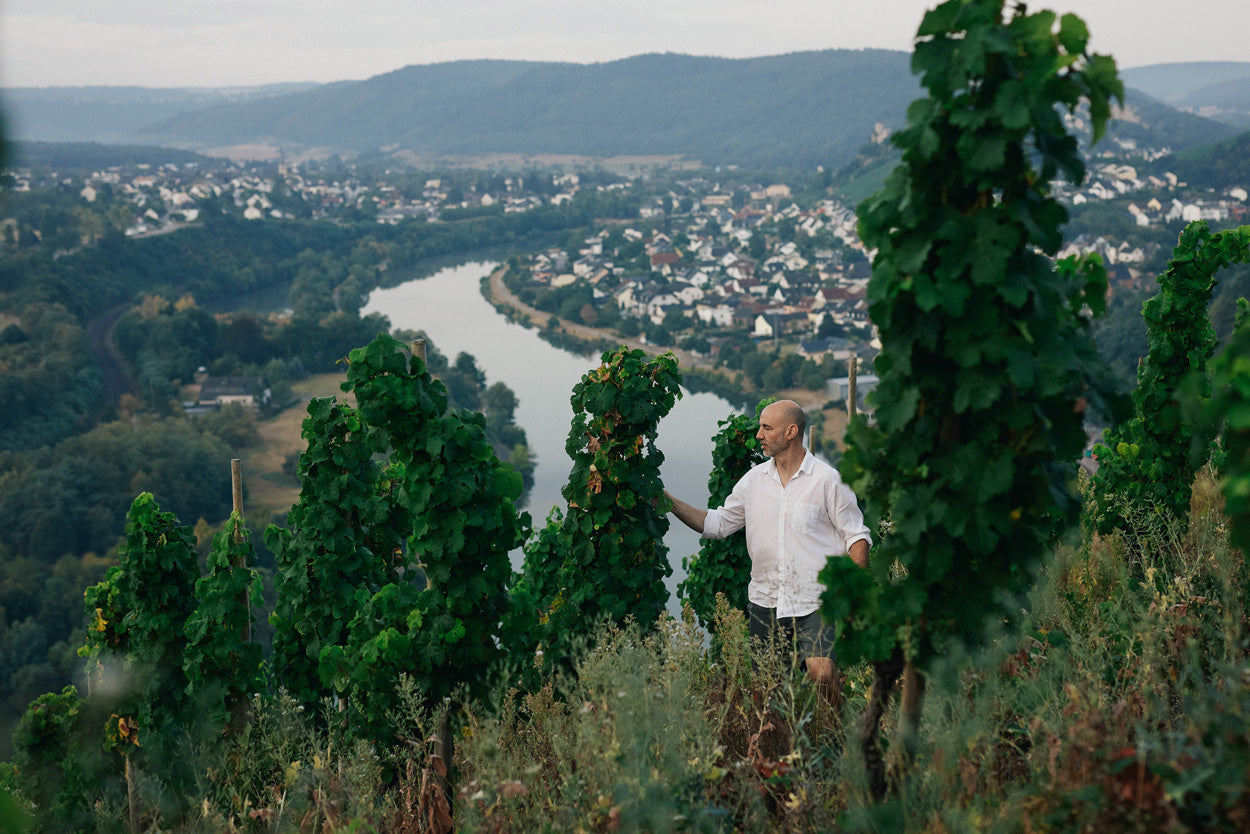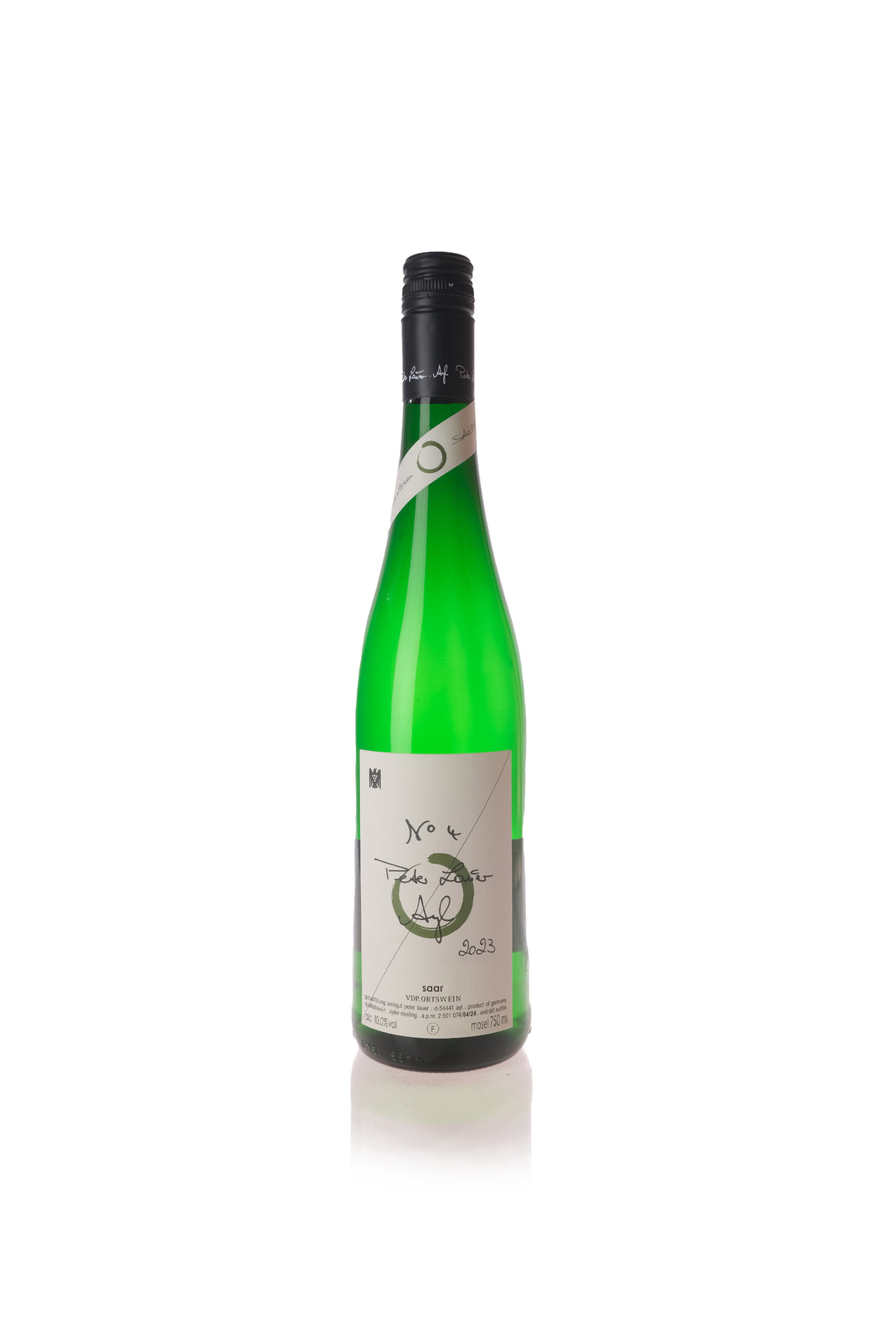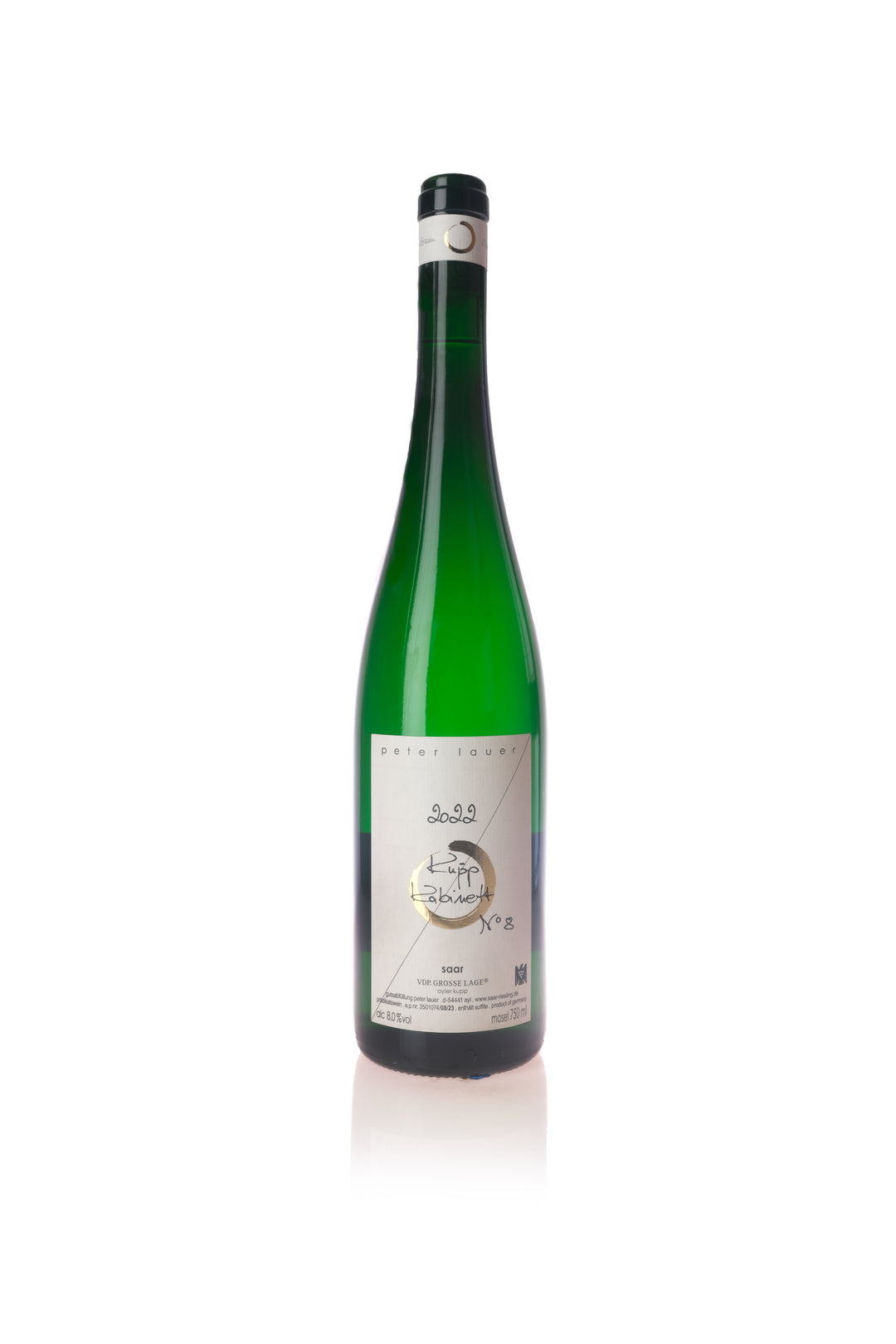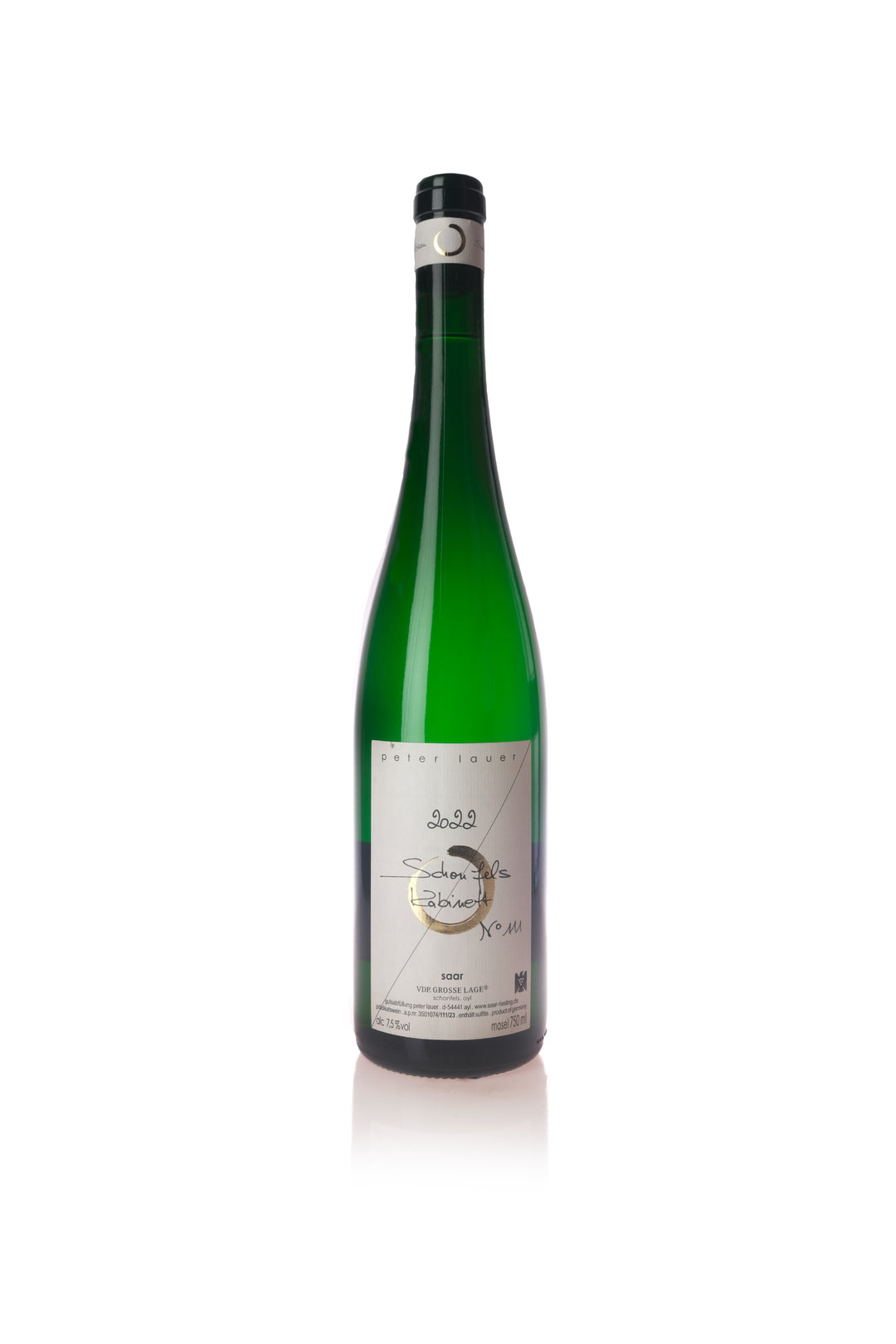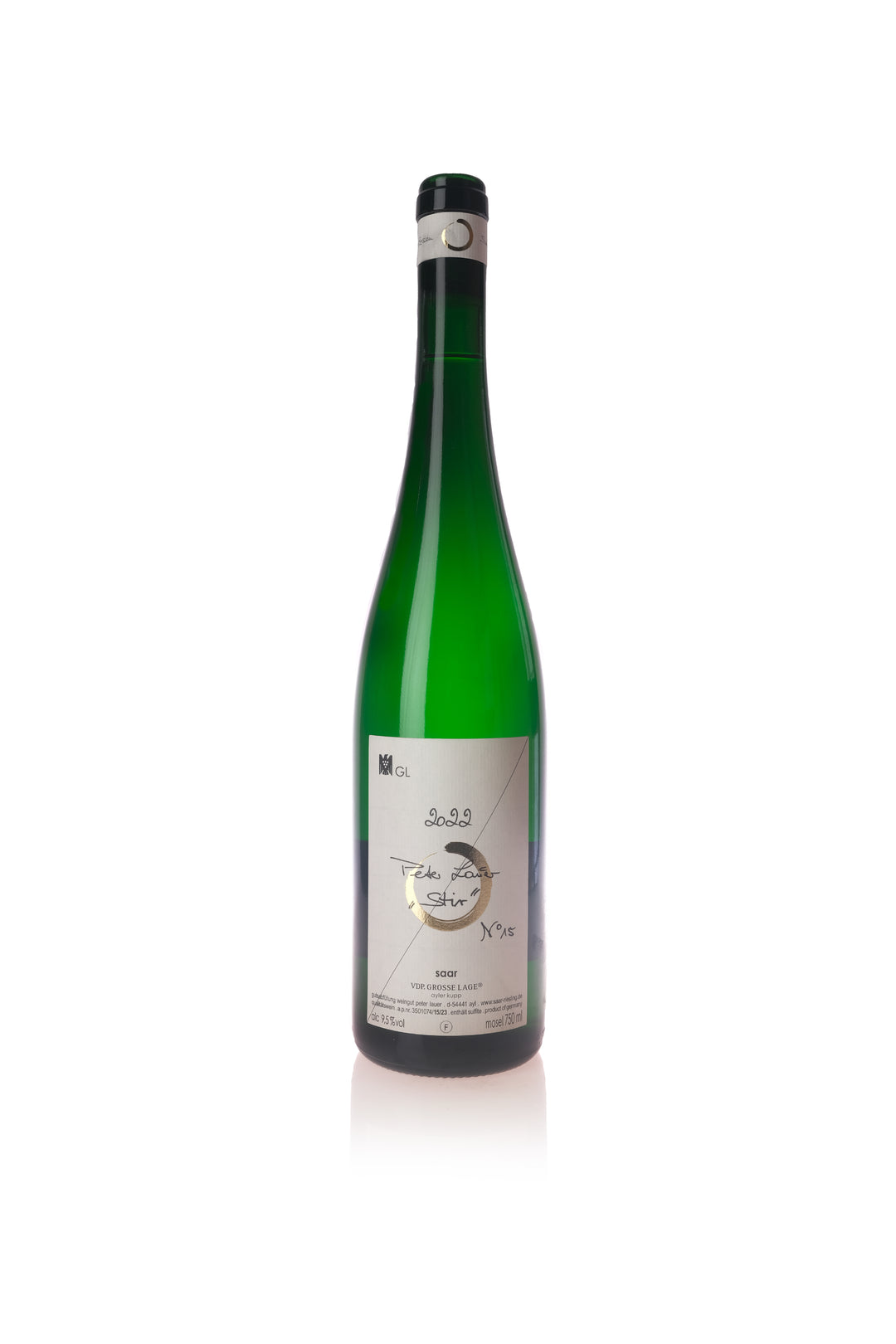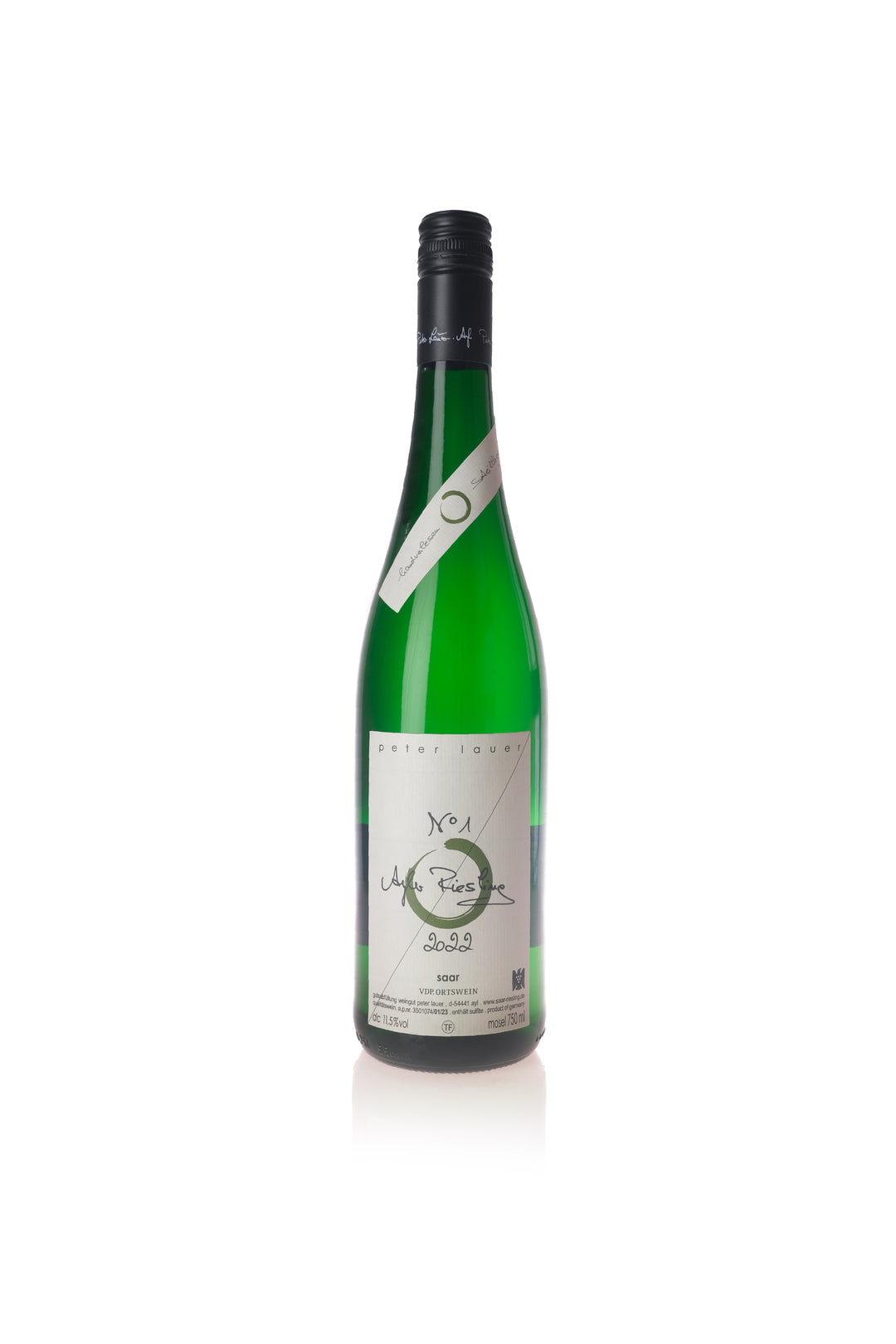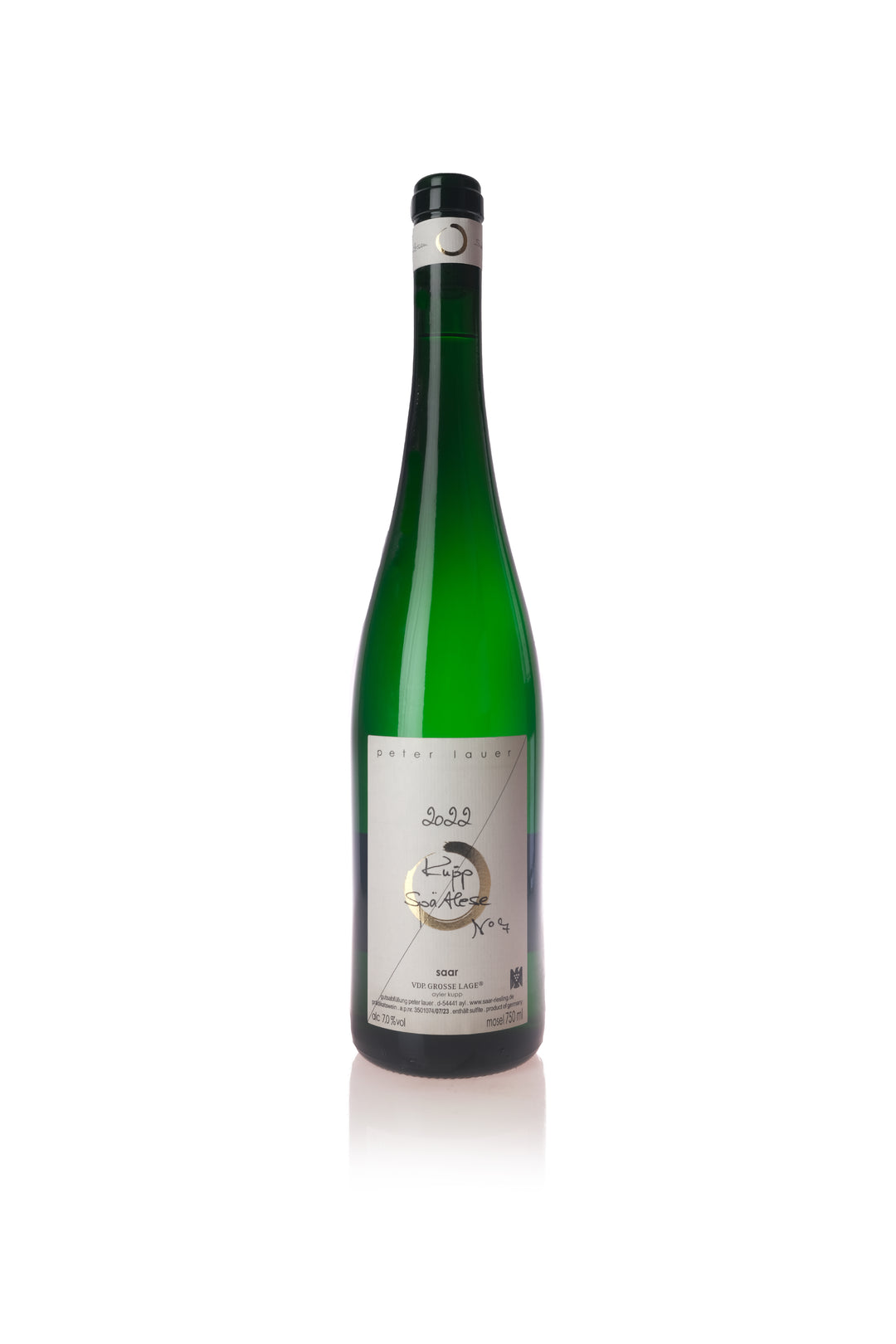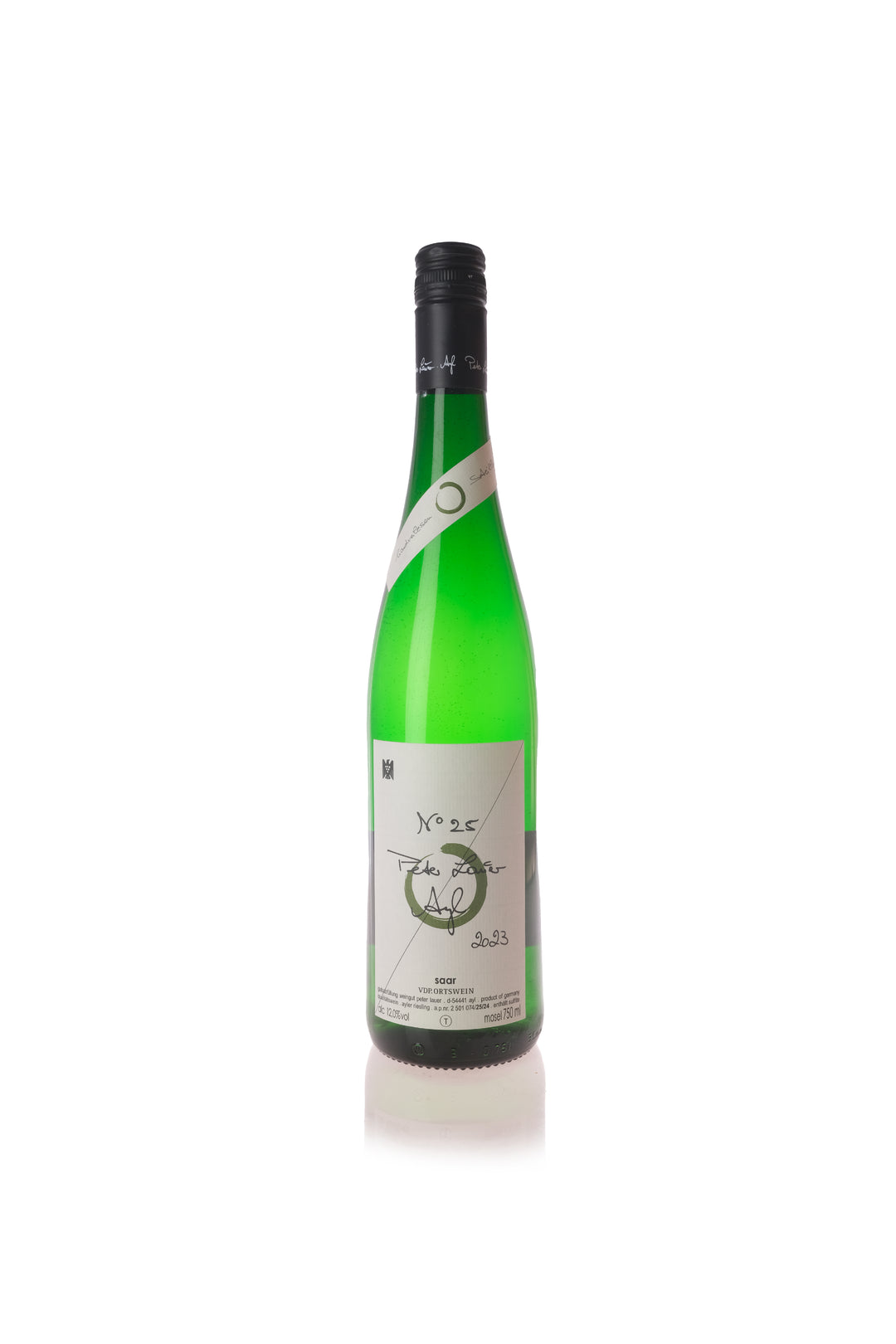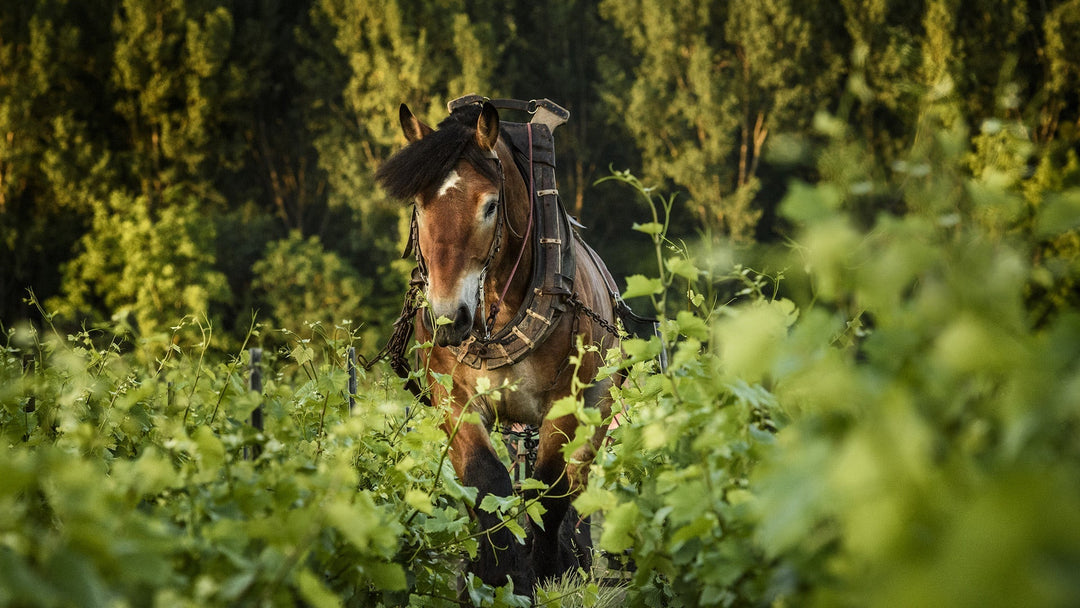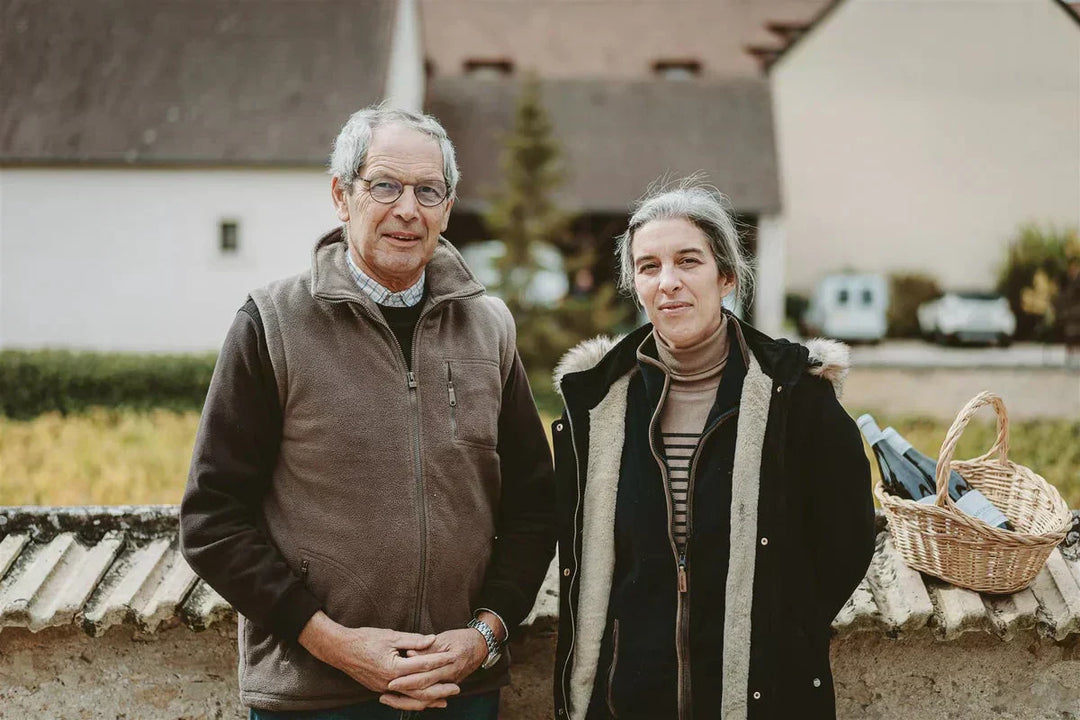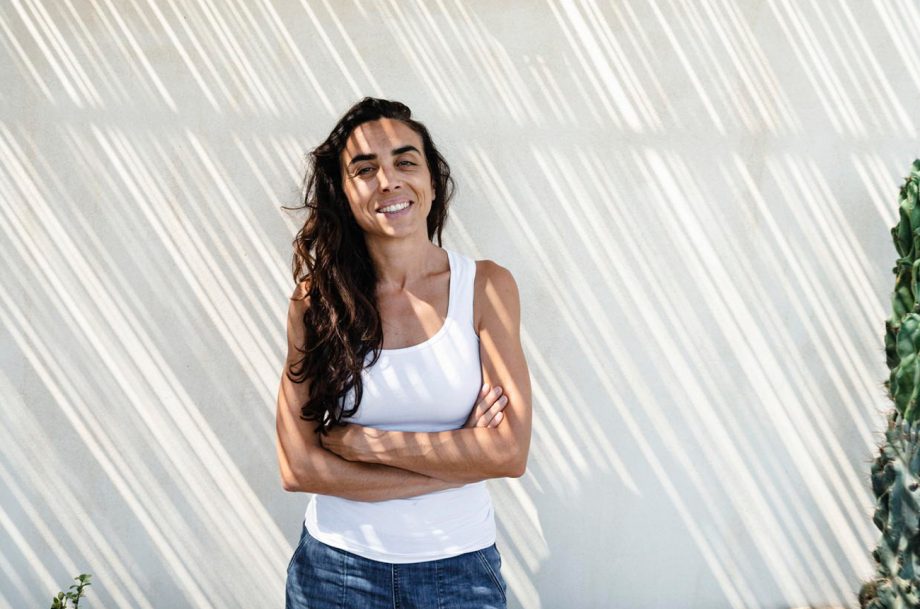PETER LAUER
( photo credit : vdp.de )
A Family Legacy Rooted in the Saar
THE SAAR, MOSEL
Located in Germany's Mosel is our kind of region. Tucked near the cultural charm and castles of Luxembourg, the Saar region might be small at just 12 kilometers long, but it packs a punch. Its shockingly steep, south-facing slopes bask in long hours of sunlight, while dark Devonian slate soils—formed around 400 million years ago—retain heat during the day and release it at night. This warming effect is crucial during the cool autumn nights, allowing the late-ripening Riesling grapes to develop full ripeness, minerals, and aromatic complexity.
It’s a region of extremes: cold yet bright, vineyards so steep they require plowing by cable winch, and vine tending in mountaineering gear. As Frank Schoonmaker noted in The Wines of Germany (1956), Saar wines are known for their “austerity coupled with delicacy and extreme finesse... an incomparable bouquet... a wealth of fruit and flavor which is overwhelming.” By 1832, these wines were among the world's most expensive, commanding prices double those of Bordeaux or Burgundy.
THE LAUER FAMILY
In the quaint village of Ayl, Weingut Peter Lauer has been crafting soulful Saar Rieslings for over 175 years. Now under the guidance of fifth-generation winemaker Florian Lauer, who took over in 2006, the estate remains a family affair with his father Peter still contributing his wisdom in the cellars. Together, they meticulously craft still and sparkling Rieslings from some of the Saar’s most prized slopes.
The estate's vines, some over a century old, flourish on their steep, slate-laden sites and the Lauer’s have earned their acclaim for elegant dry Rieslings. Modern wine enthusiasts are seeking vibrant, food-friendly options. Unlike the once-dominant sweet Rieslings, these dry styles highlight purity, terroir expression, and a refreshing lightness that aligns with contemporary tastes.
What makes Peter Lauer's Rieslings truly special is the artistry and care blended into every bottle. Each wine tells a story — of family legacy, sustainable craftsmanship, and a reverence for the land. Both a tribute to tradition and a vibrant celebration of the present.
THE WEIN & THE WEINBEG
The crown jewel of their holdings is the Ayler Kupp vineyard, famed for its jaw-dropping 70-degree incline. Florian has championed the individuality of its parcels—like Unterstenberg, Stirn, Kern, and Neuenberg—and successfully petitioned in 2014 to label them separately. Each parcel boasts unique microclimates and terroirs, and Florian vinifies them individually to capture their distinct character.
-
Unterstenberg: The warmest, oldest part of the vineyard, first cultivated by the Romans, is rich with slate and known for producing powerful wines.
-
Neuenberg: Historically cool and misty, it yields exotic and concentrated expressions.
-
Kupp: Replanted in 1956, this central parcel produces elegant, mineral-driven Grand Cru wines layered with slate and salt.
Breaking with German tradition, Florian sidesteps the confusing Prädikat system - a classification system that assigns designations like Kabinett, Spätlese, and Auslese based on the grape’s ripeness at harvest. In theory, it’s a helpful guide to sweetness levels. In practice, it’s like trying to decode the mood of a cat.
Instead, Florian adopts a more Burgundian approach. Their Barrel X represents a quintessential Saar Riesling, like a "Saar Blanc." The ‘Senior’ series, marked by a green circle on the label, serves as their Village-level wine from Ayler Kupp, crafted from vines averaging 70 years old. Their GG or Grand Crus, indicated by gold circles, showcase unique expressions of individual vineyard sites such as Unterstenberg, Stirn, Kern, and Neuenberg.
THE UNIQUE FAMILY TRADITION
The Lauers, take this already-confusing system and add their own family traditions for good measure. Instead of simply sticking with the conventional German labels, they assign barrel numbers (Fass) to their wines, making every bottle distinct.
Fermenting the same vineyard’s fruit in the same barrel year after year, preserves the unique native yeast cultures that live in those barrels. Once the right barrel meets the right vineyard, they never look back.
Florian Lauer, the current head of the winery, has given these traditions a modern twist. He prefers long fermentations with lees stirring to build structure and texture while allowing for the avoidance of filtering.
In classic Lauer style they push it even further with a coded labeling process. Instead of placing ‘Trocken’ (dry) or ‘Spätlese’ (late harvest) front and center, they use subtle circles in the corners. A tiny circled ‘T’? Dry wine. ‘TF’? Dry to off-dry. No letters at all? Probably fruity or noble sweet.
A LEGACY WORTH TASTING
Weingut Peter Lauer is all about heart, history, and incredible Riesling. With over 175 years of winemaking in the family, they blend tradition with a fresh, modern touch - exemplifying what we love at Hart & Cru: wines that are complex, food-friendly, and endlessly captivating. As our founder Kevin Hart said “This is a property I wish I could’ve spent more time at. Lauer is truly one of the greats."
( video credit from https://lauer-ayl.de/ )


